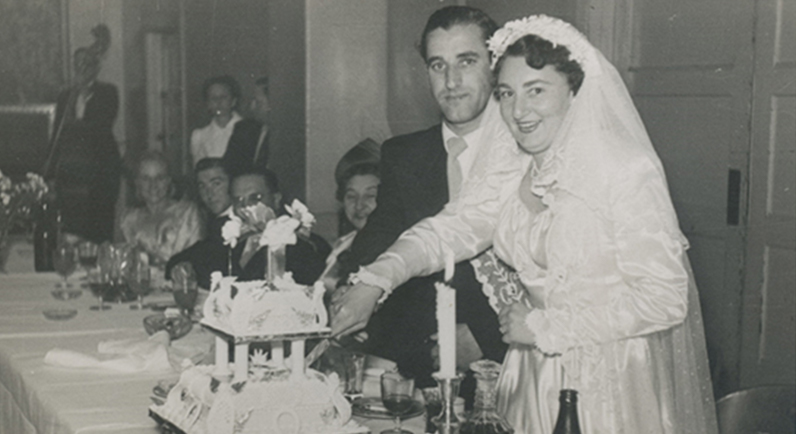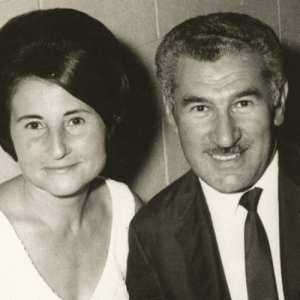History of the building
The Sydney Jewish Museum is housed within the historic NSW Jewish Memorial Hall – commonly known as the Maccabean Hall, or ‘the Macc’. The Inter-War Classical style building was designed in the 1920s by Sydney architect Gordon Keesing. The Maccabean Hall was established with two main functions: to operate as a communal centre for the social and educational activities of Sydney’s Jewish community, and to stand as a memorial to Jewish soldiers from New South Wales who served in World War I.

The building was officially opened on 11 November 1923 by Sir John Monash, who was then considered one of the most outstanding commanders in WWI. In his opening address, Monash confirmed the future role of the Memorial Hall:
‘It has the aim of keeping the Jewish people together and preserving the creed, perpetuating the faith…to prevent the regrettable drift that is making many of our people cease from owing allegiance to the religion of their fathers…’

By the early 1940s, the Maccabean Hall held more than 90 percent of the Sydney Jewish community’s activities and functions. The community centre became crucial in rehabilitating and integrating Jewish refugees from Europe in the late 1940s and early 1950s, after World War II. Its spaces were used for English lessons for migrants, weddings, weekly Sunday dances, meetings, rallies and commemorative events for Anzac soldiers and Holocaust victims.

The building was expanded along Darlinghurst Road in 1965 by architect Henry Epstein in a Brutalist architectural style. Epstein’s modernist façade features a large concrete sculpture of an abstracted seven-branch Menorah by 20th century Australian sculptor Lyndon Dadswell.

Since 1992, the Maccabean Hall building has been home to the Sydney Jewish Museum. In the 1960s and 1970s, there was increasing awareness of the importance of speaking about the Holocaust, particularly amongst Holocaust survivors in the community. The survivors, who made up a large proportion of the Jewish community after WWII, were instrumental in taking the steps to designate the Maccabean Hall as a space within which stories from the Holocaust could be preserved and taught. This space was a natural choice for the community as it represented continuity due to the building’s longstanding communal function for Jewish people.
In the designing of the Sydney Jewish Museum in the 1980s, the original Art Deco barrel-vaulted ceiling of the Maccabean Hall was maintained. Architect Michael Bures designed a sculptural staircase that takes the shape of the Star of David, the universal Jewish symbol. This construction created a central void that connects the exhibition platforms with the building’s historical features.

The Sydney Jewish Museum is located on the traditional lands of the Gadigal people of the Eora nations. We recognise the Gadigal people of the Eora nation as the traditional owners and ongoing custodians of the land upon which the Museum is situated.
Images: SJM Collection.







What’s On Newsletter
Keep up to date on all Museum events and exhibitions.